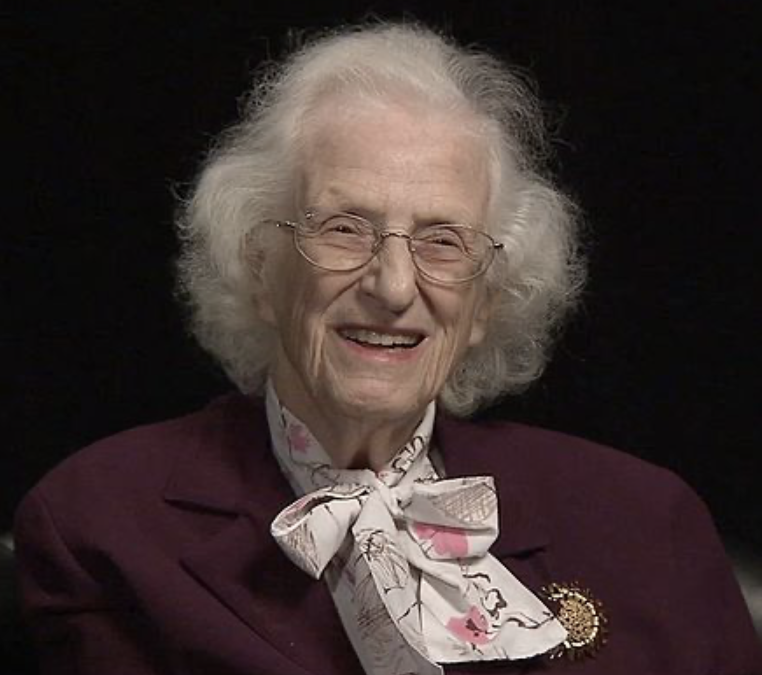NASA is sending another telescope like the Hubble into space, and it has been named the Nancy Grace Roman Space Telescope. For the first time in NASA’s 61-year history, a billion dollar program has been named for a woman.
“[Naming the telescope after Roman] recognizes the incredible achievements of women in science and moves us even closer to no more hidden figures and no more hidden galaxies.”
[Barbara Mikulski, Democratic Representative from Maryland]
Transcending Discouragement
Nancy Grace Roman met discouragement head-on throughout her education and early career. Her love of astronomy began early; she formed an astronomy club when she was eleven. Although she persuaded other children to join her, they fell by the wayside and she was told she could not be an astronomer because she was a girl.
Not to be deterred, she decided to focus on science and math in high school, but she was strongly discouraged by her teachers. Responding to her request to study second-year algebra instead of Latin, she recalls her guidance counselor. “She looked down her nose at me and sneered, ‘What kind of lady would take mathematics instead of Latin?’” She accelerated her program, finished high school in three years and went on to Swarthmore, hoping to study astronomy. Only one male professor was willing to work with her, but she did have an opportunity to work at the Sproul Observatory.
After college, she attended graduate school at the University of Chicago. The astronomy department was rebuilding after World War II, but still not interested in having a woman in its program. One professor did not speak to her for six months, but she succeeded and earned a Ph.D. in astronomy.
After earning her degree Roman worked as a research associate, instructor, and later assistant professor, but could not obtain a tenured position because she was a woman. She persisted, writing frequently-cited papers and receiving international recognition.
National Aeronautics and Space Administration
When NASA was created in 1958, Roman’s reputation led its creators to offer her a position as Head of Observational Astronomy. Within a year she was appointed Chief of Astronomy, a brand-new position. She was the First Woman executive at NASA. Through the years her responsibilities expanded to include physics and relativity, in addition to budgeting and management.
As early as 1959 Roman had proposed a space-based telescope. Interest did not immediately follow, but she supervised NASA’s earliest orbiting observatories, hoping the success of smaller projects would demonstrate that a larger project was possible. Her proposal resulted in the Hubble Telescope and she is widely recognized as the “Mother of Hubble.” A former Associate Administrator at NASA said, “. . . it was Nancy in the old days before the Internet and before Google and e-mail and all that stuff, who really helped to sell the Hubble Space Telescope, organize the astronomers, who eventually convinced Congress to fund it.”
Now there is to be another telescope, 100 times more powerful than Hubble. It will study dark matter, dark energy, distant planets and the evolution of the universe—and it will be called the Roman Telescope. As a public speaker, educator, and advocate for women in sciences, Roman created pathways for others. Now the recognition of her contributions not only elevates the perception of women, but expands our knowledge of the universe.

